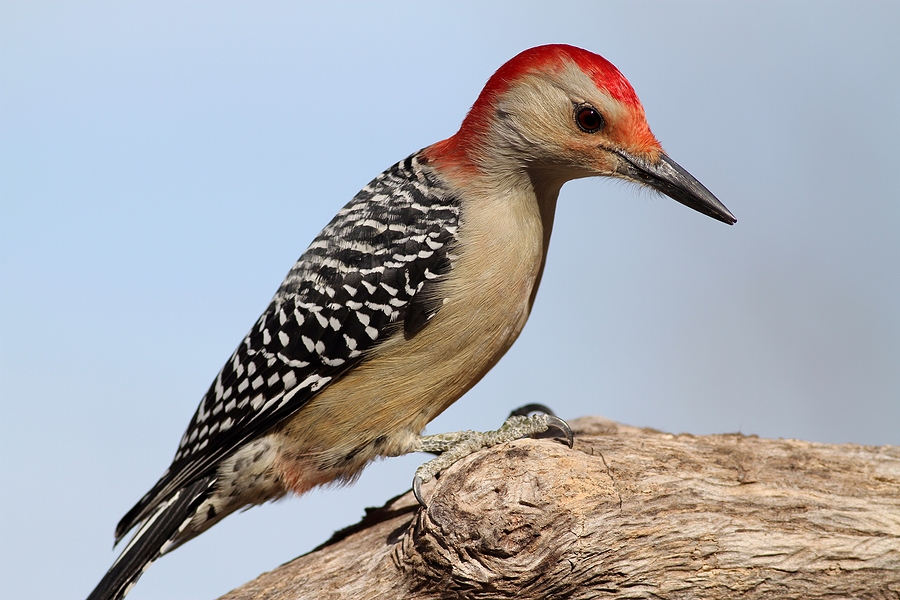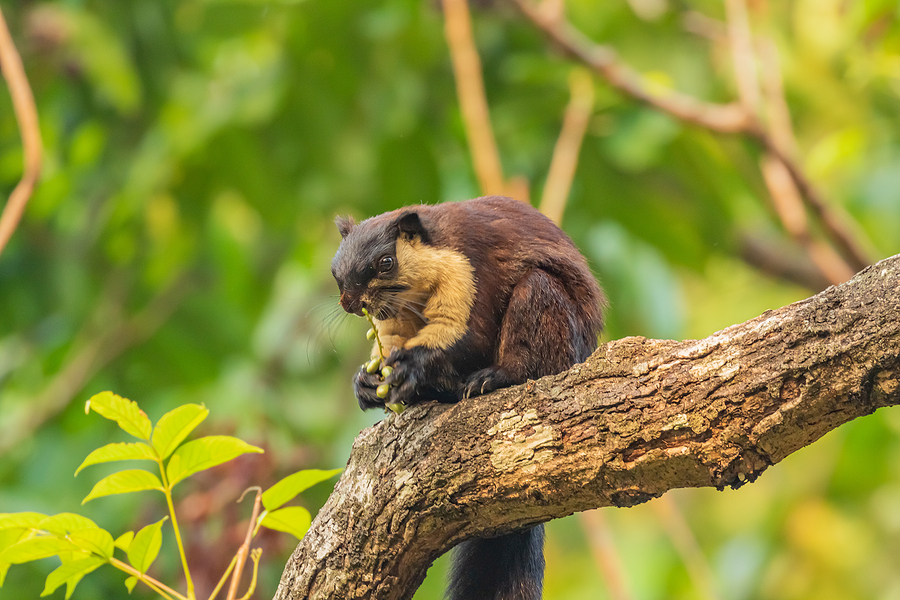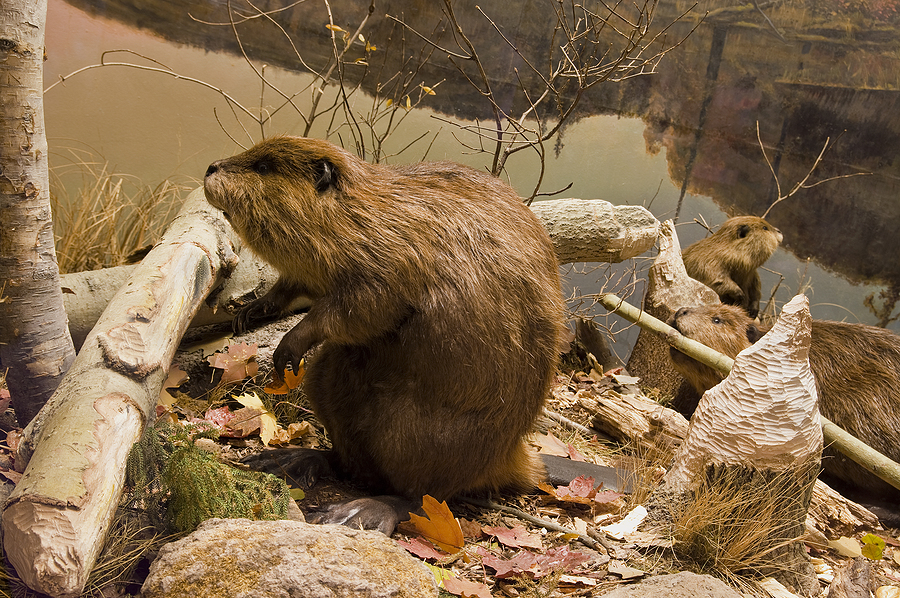For many bird enthusiasts, there are few joys greater than watching colorful feathered friends visit your backyard bird feeder. However, this tranquil scene can quickly turn frustrating when squirrels arrive, raiding the feeder and scaring away your avian visitors. Squirrels, with their acrobatic prowess and insatiable appetites, can empty a bird feeder in no time, leaving little for the birds and causing damage in the process.
But don’t despair! Protecting bird feeders from these cunning critters is possible with the right strategies and solutions. In this blog post, we’ll explore the reasons behind squirrel behavior, discuss cost-effective methods to safeguard your feeders, and even delve into some DIY projects. By the end, you’ll be equipped with all the knowledge you need to enjoy a squirrel-free birdwatching experience.

Understanding the Virginia Squirrel Population
Before we delve into solutions, it’s crucial to understand why squirrels in Virginia are such formidable opponents. Squirrels are incredibly intelligent and resourceful animals. Their diet primarily consists of nuts, seeds, and fruits, making bird feeders brimming with seeds an irresistible attraction. Additionally, squirrels are excellent climbers and jumpers, able to leap distances up to ten feet and navigate around common deterrents.
Their relentless determination comes from necessity: in the wild, food can be scarce, especially in colder months. This survival instinct drives them to overcome obstacles that might deter less determined animals. Understanding these aspects of squirrel behavior is the first step in formulating effective deterrent strategies.
How to Stop Squirrels From Stealing Bird Seed
Bird Feeder Placement
Strategically placing your bird feeder can significantly reduce squirrel invasions. Positioning feeders at least ten feet away from any jumping-off point (like trees, fences, or buildings) and five feet above the ground can make it difficult for squirrels to reach.
Squirrel Baffles
Squirrel baffles are physical barriers that prevent squirrels from climbing up or down to the feeder. These can be dome-shaped or cylindrical and are typically placed either above hanging feeders or below pole-mounted feeders. Brands like Audubon and Woodlink offer highly rated squirrel baffles that are easy to install and effective.
Squirrel-Proof Bird Feeders
If you prefer a more hands-off approach, investing in a squirrel-proof feeder can be worthwhile. These feeders are designed with mechanisms that block access to seeds when a squirrel’s weight is detected. Popular models include the Brome Squirrel Buster and the Droll Yankees Flipper, both known for their effectiveness and durability.
How to Make Your Own Squirrel-Proof Bird Feeder
Creating your own squirrel-proof bird feeder can be a fun and rewarding project. Just be sure that the feeder is placed correctly to maximize the effectiveness of your DIY efforts. Here’s a simple guide:
Materials:
- A Sturdy Bird Feeder
- Wire Mesh
- Small Hooks
- Wooden Dowel
Instructions:
- Enclose the feeder with wire mesh, ensuring the openings are large enough for birds but too small for squirrels.
- Attach the mesh to the feeder using small hooks.
- Hang the feeder with the wooden dowel to keep it balanced and secure.
Building a Squirrel Baffle
Creating a DIY squirrel baffle is another cost-effective solution to keeping hungry squirrels away from your bird feeder poles:
Materials:
- Large Plastic or Metal Bowl
- Drill
- Screws
- Mounting Bracket
Instructions:
- Ensure the baffle is wide enough to prevent squirrels from bypassing it.
- Drill a hole in the center of the bowl.
- Attach the bowl upside down to the mounting bracket using screws.
- Secure the baffle on the feeder pole below the feeder.
Safe and Humane Squirrel Deterrents
Using natural deterrents is another excellent way to protect your bird feeders without harming squirrels.
Hot Pepper Seed
One effective method is to mix birdseed with hot pepper flakes or powder. Birds are unaffected by the spiciness, but squirrels find it unpalatable. Brands like Cole’s Blazing Hot Blend offer pre-mixed spicy birdseed, making it easy to deter squirrels naturally.
Squirrel Feeders
Another humane option is to provide a separate squirrel feeder stocked with foods they love, such as corn and nuts. This can divert their attention away from your bird feeders, allowing both birds and squirrels to coexist peacefully. When you can’t beat ‘em!
Benefits of Professional Squirrel Control Service
While DIY solutions can be effective, sometimes the problem requires a professional touch. Hiring trained professionals for safe and effective squirrel control can provide peace of mind and ensure long-term results. Wildlife control experts can assess your specific situation, implement exclusion techniques, and provide ongoing maintenance to keep your bird feeders squirrel-free.
Conclusion
Protecting your bird feeders from hungry squirrels is not only possible but also rewarding. By understanding squirrel behavior and employing a combination of strategic placement, physical barriers, DIY projects, and natural deterrents, you can enjoy uninterrupted birdwatching while keeping squirrels at bay. Remember, the joy of seeing birds flock to your feeder is well worth the effort of outsmarting these clever critters.
If you need additional help or want to ensure the most effective squirrel control measures, don’t hesitate to reach out to a professional. Contact Virginia Wildlife Pros at 804-292-0156 for professional squirrel removal and control in Richmond, or its surrounding towns. We serve residential and commercial customers with free quotes, free advice, and quality work.
Related Posts:
The Benefits of Professional Squirrel Control Services
Do You Hear Squirrel Noises Coming From Your Attic? What To Do Next
How to Get Rid of Pesky Squirrels Without Harming Them









